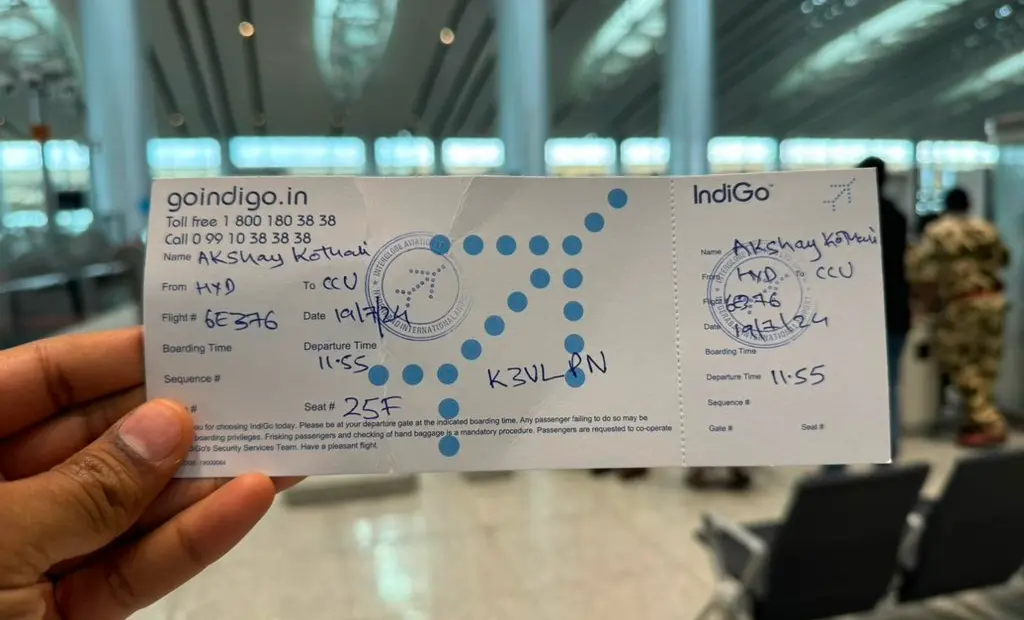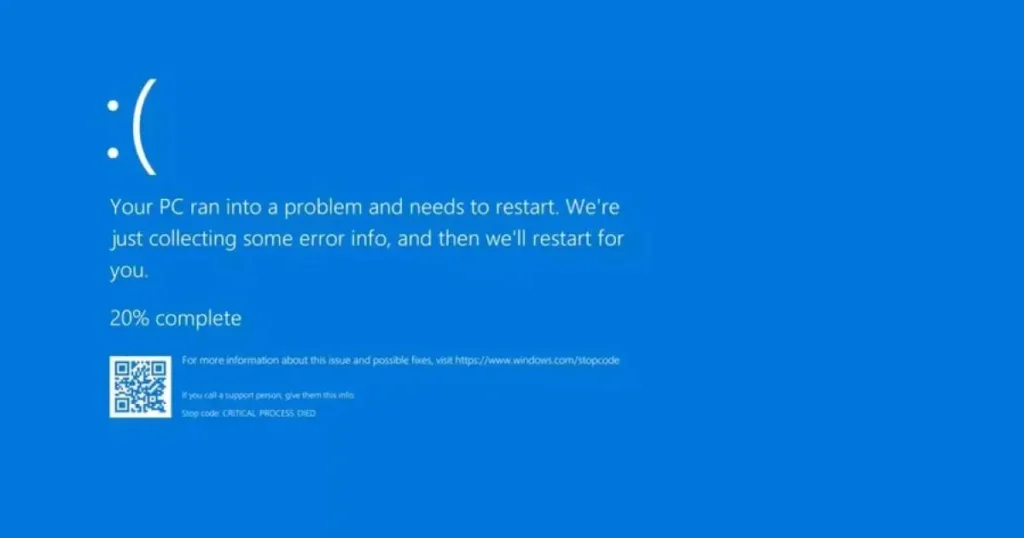A sensor configuration update for Microsoft Windows systems, released by cybersecurity firm CrowdStrike, caused a significant global IT outage on July 19, affecting key sectors such as transport, finance, and healthcare.
The outage, which is now being described as potentially the largest IT disruption in history, began when a software update triggered a logic error, leading to widespread system crashes and the infamous “blue screen of death” on numerous devices.
How Were Users Affected?
Early on Friday, the massive IT crash impacted almost all sectors globally, including aviation, public transport, stock markets, banks, corporate offices, media broadcasting, and hospitality.
Windows systems everywhere were hit with the Blue Screen of Death error, halting operations.
Airports worldwide, from Singapore to Melbourne, experienced drastic delays and sudden cancellations, with planes temporarily grounded. FlightAware reported over 21,000 flight delays.
While United and Delta flights in the U.S. resumed later, disruptions are expected to continue for several days due to peak travel season.
In India, flights were severely disrupted, with many cancellations and airlines resorting to issuing handwritten boarding passes.

The Reserve Bank of India also reported minor disruptions in 10 banks and non-banking financial companies (NBFCs).
Hospitals had to switch to manual processes. Fortunately, Indian stock markets remained unaffected.
How Did CrowdStrike & Microsoft Respond?
In an official statement, CrowdStrike noted that the issue had been identified, isolated, and a fix deployed. “We are referring customers to the support portal for the latest updates and will continue to provide complete and continuous public updates on our blog,” the statement read.
CrowdStrike also assured users that the Falcon platform systems were not affected and that their protection remained intact if the Falcon sensor was installed.
The blog listed manual steps for affected users to reboot their systems, with companies given instructions to automate these steps. While some systems could take a few hours to come back online, others might take longer.
Microsoft CEO Satya Nadella acknowledged the issue on X, saying they were “actively collaborating with CrowdStrike and industry partners to guide our customers through the recovery process and restore their systems securely.”
What is the Current Status?
Indian civil aviation minister K Rammohan Naidu stated that airlines had resumed usual operations by 3 am on Saturday.
The aviation ministry continues to monitor the situation to ensure refunds and travel rearrangements are managed by airline companies.
Air India reported no cancellations on Saturday. However, technical glitches persisted at airports across India, including Mumbai, Chennai, and New Delhi.
Microsoft reported that it had fixed the underlying cause for the outage affecting its 365 apps and services, including Teams and OneDrive.
However, some services still experienced residual impacts. Mac and Linux hosts remained unaffected.
What Next?
The incident has raised concerns about the preparedness of organizations to handle similar IT failures.
Experts suggest that outages like this will occur again unless contingencies are built into networks and organizations improve their backup strategies.
Companies are advised to adopt a multi-cloud strategy to ensure critical operations can continue if one system fails.
Ann Johnson, Microsoft’s head of security and compliance, told Reuters that while the scale of the outage was massive, it was difficult to quantify as it only involved systems running on CrowdStrike’s protection.
The U.S. Cybersecurity and Infrastructure Security Agency is monitoring for any potential misuse of the outage for phishing and other malicious activities.
This incident underscores the importance of rigorous quality control in software updates and the need for comprehensive cybersecurity strategies.
It serves as a stark reminder of how critical digital infrastructure is to modern life and the potential chaos that can ensue from its failure.
The incident also highlights the necessity for companies to have robust incident response plans and the capability to quickly restore services in the event of a failure.
As the world becomes increasingly digital, the lessons from this outage will be crucial in shaping future policies and technologies to ensure resilience and security in our interconnected global landscape.



















